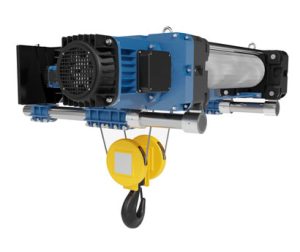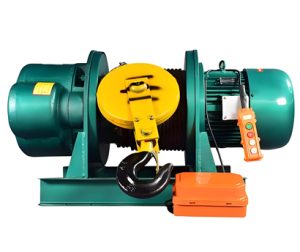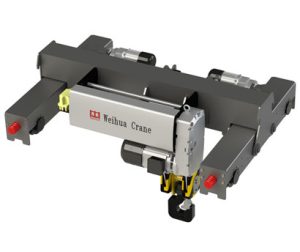Understanding the “Double Reeved” Mechanism
At its core, “reeving” refers to the path the wire rope takes through the sheaves (pulleys) of the hoist. In a double reeved system:
- The Rope Path: The wire rope starts at the drum, travels down to a lower sheave assembly (often on the load block), then travels back up to an upper sheave assembly (typically on the hoist body or trolley), and finally travels back down to be anchored on the load block itself.
- The Effect: This path means the rope effectively passes over four sheave grooves to lift the load (two on the way down, two on the way back up), instead of just two in a single reeved system.
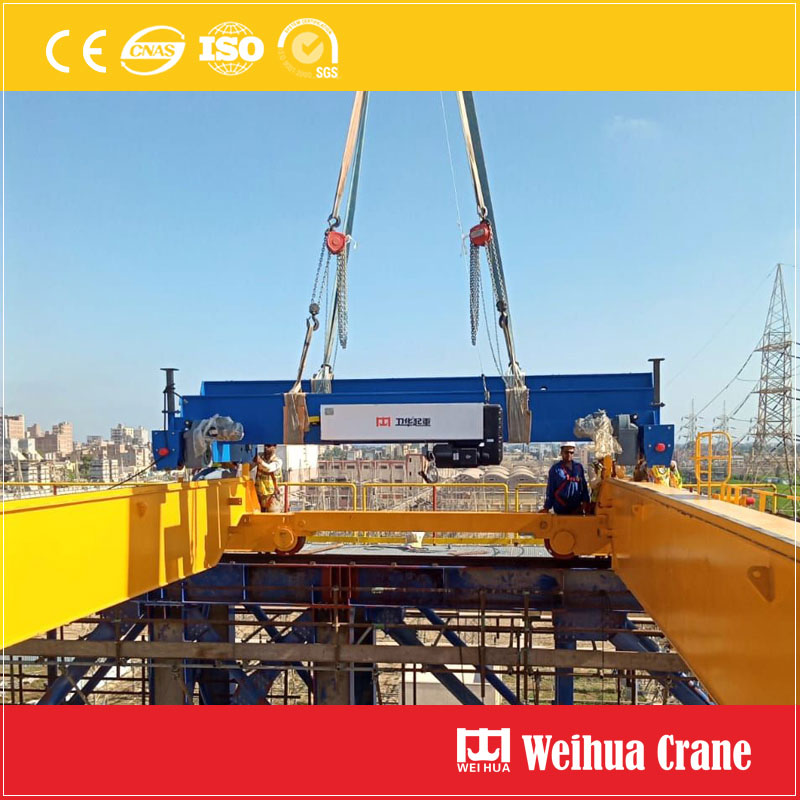
Why Double Reeving Delivers Precision
This specific rope path creates significant advantages for precise lifting:
- 1. Halved Line Speed, Doubled Control: For the same drum rotation speed, the hook in a double reeved system moves half the distance compared to a single reeved hoist. This inherently slower hook speed provides operators with much finer control over the load’s ascent and descent, allowing for incredibly gradual movements and precise positioning.
- 2. Halved Line Pull, Reduced Motor Load: The mechanical advantage gained means the motor and gearbox only need to generate half the line pull to lift the same load as a single reeved hoist. This reduced strain leads to:
- Smoother Operation: Less motor torque fluctuation translates into significantly smoother starting, stopping, and overall load movement, minimizing load swing.
- Enhanced Control Feel: Operators experience finer modulation of the controls, making micro-adjustments easier.
- Potentially Longer Component Life: Reduced stress on the motor, 변속 장치, and brakes.
- 3. Increased Stability: The slower speed and smoother operation inherently reduce the tendency for the load to swing or oscillate, contributing directly to stability during precise placement.
- 4. Improved Safety for Delicate Loads: The combination of slow speed, smooth motion, and inherent stability drastically reduces the risk of bumping, jarring, or sudden movements that could damage sensitive equipment, fragile components, or valuable goods.
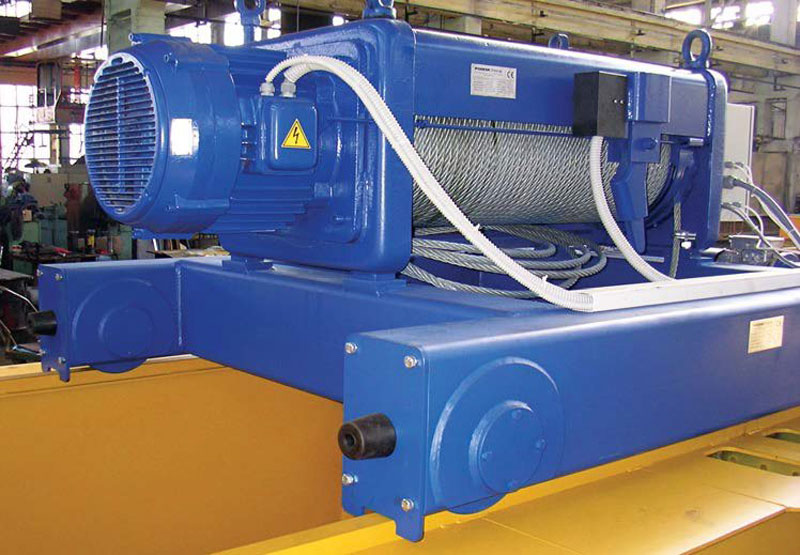
Ideal Applications for Double Reeved Hoists
Double reeved electric hoists excel in scenarios demanding the utmost control:
- 1. Precision Assembly Lines: Positioning heavy machinery components, 엔진, or delicate assemblies with exactitude.
- 2. Aerospace Manufacturing: Handling jet engine parts, composite wings, or sensitive avionics.
- 3. Glass and Ceramics Handling: Lifting large, fragile panels or delicate sculptures.
- 4. Die Setting: Precisely positioning massive, expensive molds in stamping presses.
- 5. Laboratory & Testing Environments: Handling sensitive test equipment or specimens.
- 6. Medical Device Manufacturing: Lifting and positioning complex, high-value medical equipment.
- 7. Any application where minimizing load swing, achieving smooth micro-movements, and ensuring gentle handling are paramount.
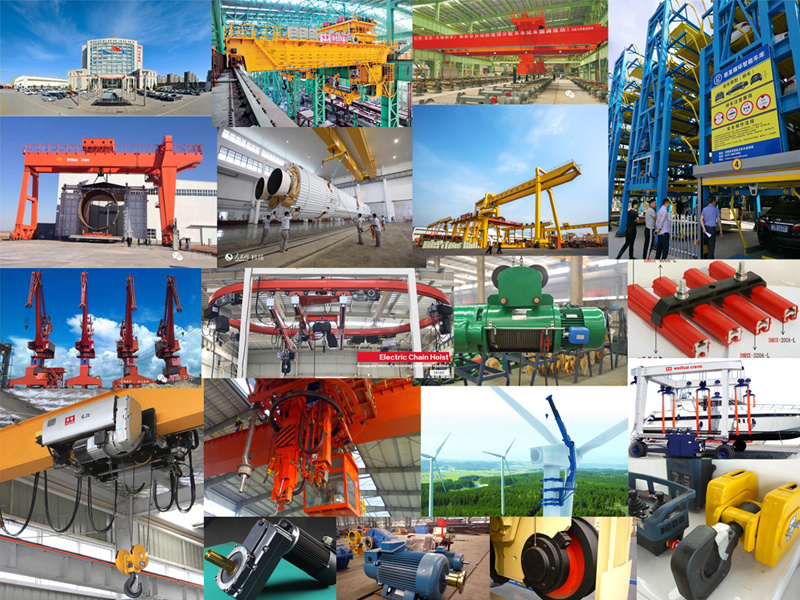
While single reeved hoists offer simplicity and higher speeds suitable for general material handling, the double reeved electric hoist is the undisputed champion for precision lifting. By fundamentally altering the rope path to halve line speed and line pull, it delivers the smooth, controlled, and stable motion essential for handling sensitive, high-value, or complex loads. When the task demands absolute accuracy and gentle handling, specifying a double reeved electric hoist is the intelligent engineering choice for achieving unmatched control and safety.




